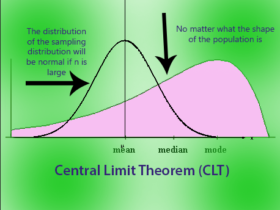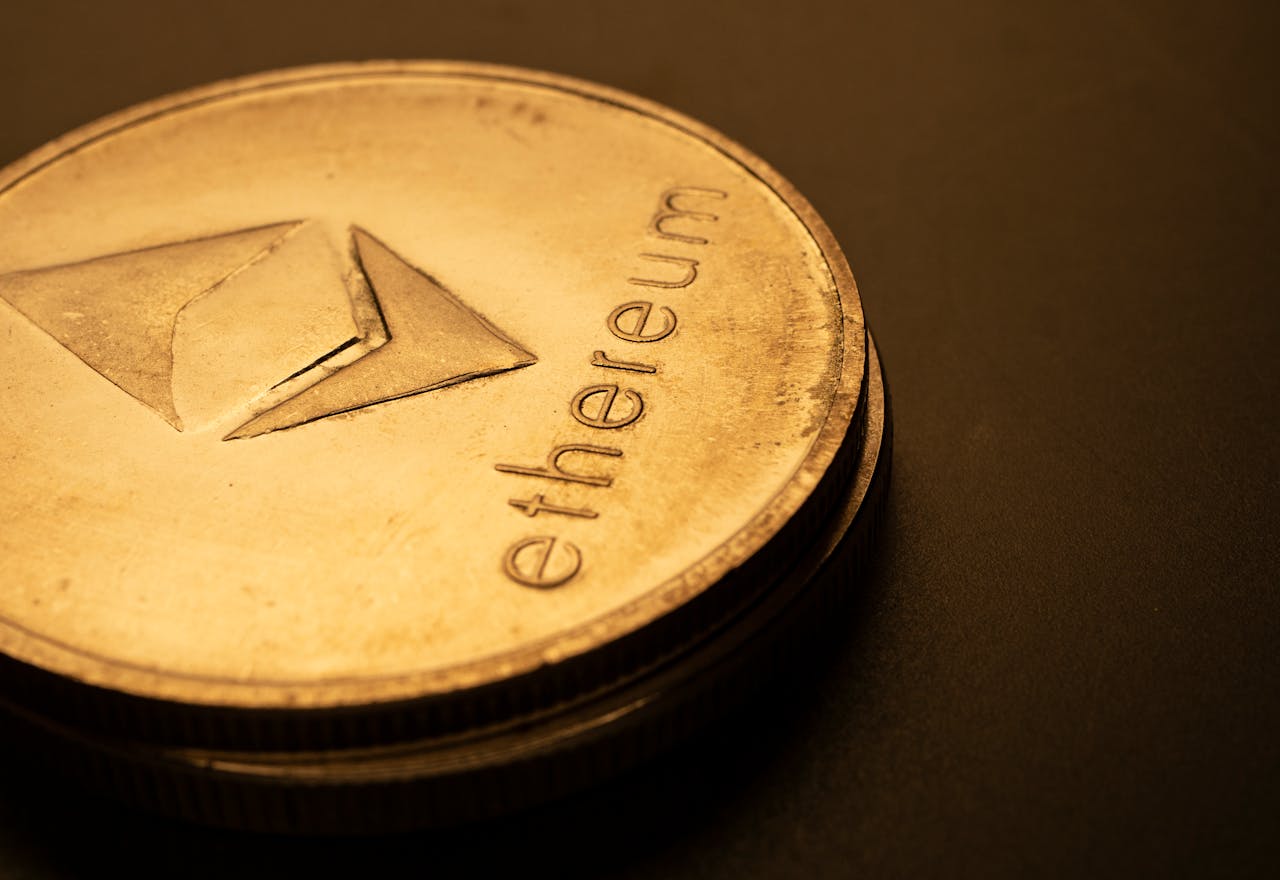Ethereum, since its inception in 2015, has evolved into one of the most significant blockchain platforms in the cryptocurrency ecosystem. As of late 2023, Ethereum boasts a robust network that supports a myriad of decentralized applications (dApps), smart contracts, and decentralized finance (DeFi) projects. The transition to Ethereum 2.0, which began with the launch of the Beacon Chain in December 2020, marked a pivotal moment for the platform.
This upgrade aims to enhance scalability, security, and sustainability by shifting from a proof-of-work (PoW) consensus mechanism to a proof-of-stake (PoS) model. This transition not only reduces energy consumption but also allows for greater transaction throughput, addressing one of the most significant criticisms of Ethereum’s earlier iterations. The Ethereum network currently hosts thousands of projects across various sectors, including finance, gaming, and supply chain management.
The rise of non-fungible tokens (NFTs) has further solidified Ethereum’s position as a leader in the digital asset space. Major brands and artists have embraced NFTs, utilizing Ethereum’s blockchain to authenticate ownership and provenance. Moreover, the DeFi sector has exploded, with platforms like Uniswap and Aave enabling users to lend, borrow, and trade assets without intermediaries.
As of now, Ethereum’s market capitalization remains substantial, often ranking second only to Bitcoin, reflecting its critical role in the broader cryptocurrency market.
Factors Affecting Ethereum’s Future
Several factors will play a crucial role in shaping Ethereum’s future trajectory. One of the most significant is regulatory scrutiny. Governments worldwide are increasingly focusing on cryptocurrencies and blockchain technology, aiming to establish frameworks that ensure consumer protection and financial stability.
The regulatory landscape can either bolster Ethereum’s adoption or hinder its growth, depending on how laws are structured. For instance, clear regulations could provide institutional investors with the confidence to enter the market, potentially driving up demand for Ether (ETH). Conversely, overly restrictive regulations could stifle innovation and limit the development of new projects on the Ethereum network.
Another critical factor is technological advancements within the Ethereum ecosystem. The ongoing upgrades associated with Ethereum 2.0 are expected to enhance the network’s capabilities significantly. The introduction of sharding, for example, aims to improve scalability by allowing multiple transactions to be processed simultaneously across different shards.
This could alleviate congestion during peak usage times and lower transaction fees, making Ethereum more attractive for developers and users alike. Additionally, the integration of layer-2 solutions like Optimistic Rollups and zk-Rollups is already underway, further enhancing transaction speeds and reducing costs. These technological improvements will be vital in maintaining Ethereum’s competitive edge against other blockchain platforms.
Predictions for Ethereum’s Price and Market Performance
Predicting the price of Ethereum is inherently challenging due to the volatile nature of cryptocurrencies. However, many analysts believe that as Ethereum continues to evolve and expand its use cases, its value could see significant appreciation in the coming years. Some forecasts suggest that if Ethereum successfully implements its planned upgrades and maintains its dominance in the DeFi and NFT sectors, it could reach new all-time highs.
Interested in leveraged crypto trading? The ETH future market offers a high-risk, high-reward way to trade Ethereum price movements. On MEXC, you can open long or short positions and use advanced tools like stop-loss and take-profit. Futures trading allows you to capitalize on both uptrends and downtrends. If you want more flexibility than spot trading, ETH futures might be your next step.
For instance, some bullish predictions estimate that ETH could potentially reach $10,000 or more by 2025, driven by increased adoption and institutional investment. Market performance will also be influenced by macroeconomic factors such as inflation rates, interest rates, and overall market sentiment towards risk assets. In times of economic uncertainty or inflationary pressures, cryptocurrencies like Ethereum may be viewed as a hedge against traditional financial systems.
This perception could lead to increased demand from both retail and institutional investors. Additionally, as more companies explore blockchain technology for their operations, the demand for Ether as a utility token within the Ethereum ecosystem may rise, further supporting price growth.
Potential Upcoming Developments and Upgrades for Ethereum
The roadmap for Ethereum includes several exciting developments that could significantly impact its functionality and user experience. One of the most anticipated upgrades is the full implementation of sharding, which is expected to occur in subsequent phases of Ethereum 2.0. Sharding will allow the network to process transactions in parallel rather than sequentially, drastically increasing throughput and reducing latency.
This enhancement is crucial for accommodating the growing number of users and applications on the platform. In addition to sharding, there are ongoing discussions about enhancing privacy features within the Ethereum network. Privacy has become a critical concern for users who wish to keep their transactions confidential while still benefiting from blockchain transparency.
Solutions such as zero-knowledge proofs are being explored to provide users with greater privacy without compromising the integrity of the blockchain. Furthermore, improvements in interoperability with other blockchains are also on the horizon. As decentralized finance continues to grow, seamless interaction between different blockchain networks will be essential for creating a more cohesive ecosystem.
Challenges and Risks Facing Ethereum’s Future
Despite its promising outlook, Ethereum faces several challenges that could impede its growth trajectory. One significant concern is network congestion and high gas fees during peak usage periods. While upgrades like sharding aim to address these issues, there is no guarantee that they will be implemented smoothly or quickly enough to meet user demand.
High transaction costs can deter new users from engaging with dApps or participating in DeFi activities, potentially stunting growth. Another challenge is competition from other blockchain platforms that offer similar functionalities but with enhanced scalability or lower fees. Projects like Binance Smart Chain (BSC), Solana, and Cardano have gained traction by providing alternatives to Ethereum with faster transaction speeds and lower costs.
If these competitors continue to innovate and attract developers away from Ethereum, it could threaten its market dominance. Additionally, security vulnerabilities remain a concern; as more value is locked into smart contracts on the Ethereum network, any exploit or bug could lead to significant financial losses and undermine user trust.
Expert Insights and Recommendations for Investing in Ethereum
Experts in the cryptocurrency space often emphasize the importance of conducting thorough research before investing in any digital asset, including Ethereum. Given its historical volatility, potential investors should consider their risk tolerance and investment horizon carefully. Many analysts recommend a diversified approach to investing in cryptocurrencies rather than concentrating solely on one asset like ETH.
This strategy can help mitigate risks associated with market fluctuations. Furthermore, staying informed about developments within the Ethereum ecosystem is crucial for making informed investment decisions. Following updates on upgrades like sharding or changes in regulatory frameworks can provide valuable insights into potential price movements.
Engaging with community discussions on platforms like Reddit or Twitter can also offer perspectives from other investors and developers who are closely monitoring Ethereum’s evolution. Ultimately, while Ethereum presents significant opportunities for growth, it is essential for investors to remain vigilant and adaptable in this rapidly changing landscape.





